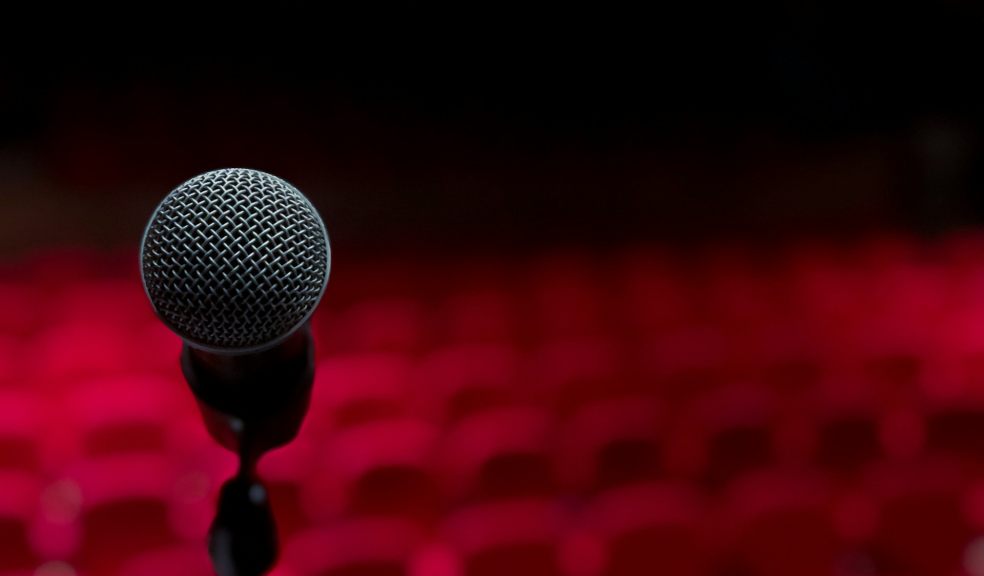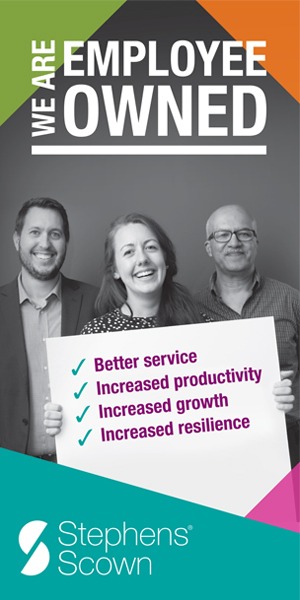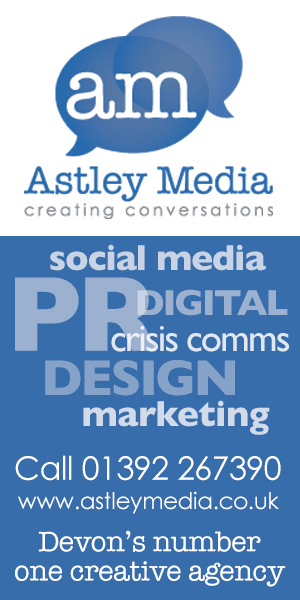
What Makes People Choose Live Entertainment Over Streaming at Home
The couch has never been more comfortable. Streaming services offer unlimited content. The sound system sounds great. There's no parking hassle, no crowds, no overpriced drinks. From a pure convenience standpoint, staying home to watch entertainment makes perfect sense. Yet people still buy tickets, fight traffic, pay for parking, and stand in crowded venues to see performances they could probably stream later.
Something about live entertainment pulls people out of their homes despite all the friction involved in going out. Understanding what drives that decision matters for anyone trying to sell tickets or fill venues, because the competition isn't other shows anymore - it's the entire catalog of content waiting at home.
The Social Experience Can't Be Replicated Digitally
Humans are wired for shared experiences in physical spaces. Laughing at a comedy show hits different when surrounded by other people laughing. The energy at a concert builds from everyone reacting together in real time. Even just standing near other fans of the same band creates a sense of connection that watching alone can't match.
This social element goes beyond just being around people. It's about the temporary community that forms among strangers who chose to be in the same place for the same reason. Conversations happen in line, between sets, at the bar. Small interactions that would never occur through a screen become part of the whole experience.
For many people, going out is as much about the social ritual as the entertainment itself. Meeting friends at a venue, grabbing dinner before the show, discussing what happened afterward - these surrounding activities matter. The performance is the centerpiece, but the entire evening creates memories that staying home doesn't offer.
Unpredictability Creates Value
Streaming shows are polished, edited, and perfected. Every viewing is identical. Live events bring uncertainty and spontaneity that can't be scripted or replicated. A musician might play an unexpected song. A comedian might riff on something that just happened. Technical problems might occur and get handled in ways that become part of the show's story.
That unpredictability means each performance is unique. The recording captures one version, but the live show happening right now will never happen exactly this way again. That scarcity has psychological value - being present for something unrepeatable feels special in ways that accessing permanent recordings doesn't.
Performers also bring different energy to live shows. They feed off the audience's reactions and adjust accordingly. A crowd that's really into it gets a better performance than one that's subdued. Being part of creating that dynamic beats passively consuming a pre-recorded version where the outcome is already fixed.
The Commitment Actually Enhances the Experience
Here's something counterintuitive - the hassle of going out might actually make the experience better, not worse. When someone invests time, money, and effort into attending a show, they're more committed to enjoying it. They've created a whole event around it rather than half-watching while scrolling on their phone.
Streaming enables distraction. It's easy to pause, check messages, get up for snacks. The low barrier to entry also means low commitment to actually paying attention. Live events demand presence. There's no pause button, no rewind, no second screen. That forced focus helps people actually engage with the performance instead of treating it as background content.
The financial investment plays a role too. Tickets cost more than a streaming subscription, which creates motivation to get full value from the experience. Nobody wants to feel like they wasted money, so there's built-in incentive to show up, stay present, and make the most of being there.
Ticketing and Discovery Need to Be Effortless
The decision to go out happens in a moment. Someone sees an interesting show, checks if tickets are available, and either commits or moves on. If that process involves too many steps or unclear information, the moment passes and they default back to staying home.
This is why platforms that streamline the entire discovery-to-purchase flow matter more than ever. When organizers work with systems like Loopyah that handle the ticketing friction smoothly, potential attendees can act on interest immediately instead of getting bogged down in complicated checkout processes or unclear event details. Reducing that friction often makes the difference between someone buying a ticket or deciding it's too much hassle.
The discovery part matters just as much. People don't go searching for events the way they browse streaming services. They need events to surface at the right time through channels they already use. Email lists, social media, word of mouth - whatever gets show information in front of interested people when they're in the mindset to make plans.
Atmosphere and Setting Add Dimension
Physical venues create atmosphere that home viewing can't capture. An old theater with character, a club with perfect acoustics, a rooftop space with city views - these environments become part of the experience. The setting affects how the performance feels and what people remember about it.
Lighting, sound quality, and spatial design matter more in person. A well-designed venue enhances the show through deliberate choices about how the space looks, sounds, and flows. Even smaller touches - interesting decor, comfortable seating arrangements, good sightlines - contribute to overall enjoyment in ways that don't come across through screens.
The sensory experience is also richer. Feeling the bass through the floor, seeing the sweat on a performer's face, smelling the venue, noticing small details in stagecraft - these elements don't translate to recordings. They remind audiences that live events engage more senses and provide more texture than flat digital content.
Creating Content and Memories Worth Sharing
Social media changed how people value experiences. Attending events generates shareable content - photos, videos, stories. That content has social currency. Posting about a show signals interests and creates conversation opportunities that "I watched Netflix" doesn't offer.
This isn't entirely about superficial image crafting either. People document experiences they want to remember. Live events provide natural material for that documentation because they're distinctive. Every show has unique moments worth capturing, unlike the millionth time someone watched their favorite series.
The memories themselves feel more substantial too. Ask someone about shows they've attended and they'll remember specific details - who they went with, where they stood, what unexpected thing happened. Ask about shows they streamed and the memories blur together. Physical presence in shared spaces creates stronger memory formation than passive viewing.
Escaping the Home Environment
After working from home became common, many people need reasons to leave their living spaces. The same couch that's comfortable for streaming is also where work happens, meals get eaten, and stress accumulates. Going out creates mental separation from home responsibilities and routines.
Live events offer that escape in structured, scheduled ways. There's a specific time to be somewhere, a defined duration, and a reason to get dressed and interact with the outside world. For people who spend most of their time at home, these outings provide needed variety and stimulation.
The experience also feels more intentional than scrolling through streaming options. Choosing a specific show, planning to attend, and following through creates a sense of purpose that passive entertainment consumption lacks. That intention makes the experience feel more meaningful and memorable.
Building Identity Through Cultural Participation
What someone attends says something about who they are. Regular jazz club attendees, comedy show enthusiasts, local music supporters - these patterns become part of personal identity. Streaming habits are more private and don't create the same sense of belonging to a community or scene.
Being part of a live audience also means participating in culture rather than just consuming it. Showing up to support local artists, discovering emerging talent, experiencing art in the moment it's created - these activities feel more active and meaningful than watching polished, distributed content.
For some people, going to shows is how they connect with their city or community. They learn about new venues, explore different neighborhoods, meet people with similar interests. These connections and discoveries happen through physical participation in ways that staying home prevents.
When Streaming Actually Helps Live Events
The relationship between streaming and live entertainment isn't purely competitive. Streaming introduces people to performers they might not otherwise discover. Those discoveries then drive ticket sales when those artists come through town. The recording creates awareness, the live show delivers the full experience.
Many successful performers now use streaming as marketing for live shows rather than seeing it as competition. Releasing content keeps audiences engaged between tours and reminds them why they want to see the live version. The two formats serve complementary purposes when approached strategically.
The key is recognizing what each format does well. Streaming provides convenient access and introduction. Live events provide irreplaceable experiences. People choose to leave home when live events offer something genuinely different and valuable enough to justify the extra effort and cost involved in attending.













